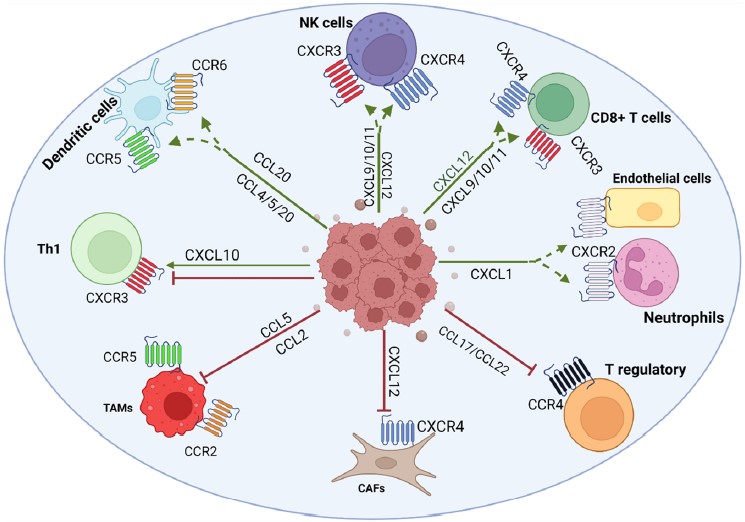
Logout
If you want to log out click in LogOut


The chemokines are a chemotactic cytokines that function by binding to seven-transmembrane-spanning G protein-coupled receptors (Chemokine Receptors).
These receptors are divided into those that preferentially bind CXC or CC chemokines, and are capable of binding more than one CC or CXC chemokine, respectively (1,4). Chemokines play a crucial role in the development and homeostasis of the immune system, inflammation, directed and undirected motility of cells, most notably white blood cells (leukocytes). These molecules and their receptors can trigger diverse cellular migratory responses such as haptokinesis, haptotaxis, and chemokinesis, including inducing cell adhesion and cell arrest (1,2,5).
You can custom your own SignArrays® with the genes of interest of your choice, according to your project, you just have to download and complete our Personalized SignArrays® information file and send it at contact@anygenes.com